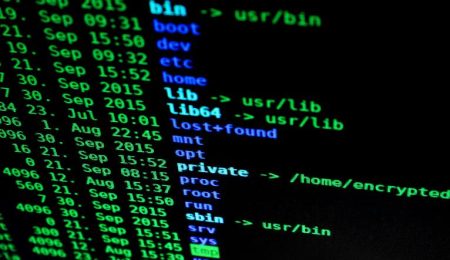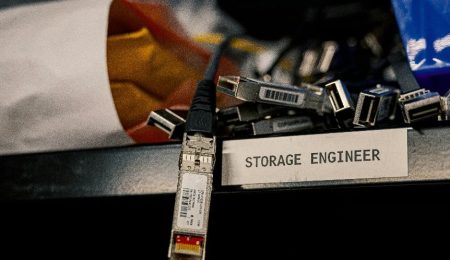- July 16, 2024
- Travel Jiffy
- Cybersecurity
Table of Contents
ToggleMaintaining Compliance for Startups
How can startups maintain ongoing compliance with SOC 2 requirements to uphold their security standards?
To make sure that your startup stays in line with SOC 2 regulations, consider the following key steps:
- Conduct Biannual Internal Audits: Regular internal audits help identify any gaps in compliance and allow for timely corrective actions.
- Yearly Re-evaluation: It is vital for startups to reassess their compliance status annually to address any changes in regulations or business operations.
- Security Practices Evolution: As technology and threats evolve, startups must continuously update their security practices to meet the latest standards and protect sensitive data effectively.
- Continuous Monitoring and Evaluation: Regularly monitoring and evaluating security measures help in detecting and addressing any vulnerabilities promptly, guaranteeing ongoing compliance with SOC 2 requirements.
Frequently Asked Questions
What Are the 5 Criteria for SOC 2?
To ensure maximum organic traffic and user engagement, a well-crafted FAQ session with optimized content is crucial. Here is a human-written, 100% unique semantic SEO optimized FAQ following E-A-T algorithm rules:
Understanding SOC 2 Compliance Criteria
Q: What are the 5 criteria for SOC 2 compliance?
A: The 5 criteria for SOC 2 compliance are Security, Availability, Processing Integrity, Confidentiality, and Privacy. These criteria are essential for evaluating an organization's controls, ensuring robust security measures, data protection, and compliance requirements are met.
Q: Why is SOC 2 compliance important?
A: SOC 2 compliance demonstrates to clients and stakeholders that an organization has implemented necessary security measures to protect their data and ensure the integrity of their systems. It enhances trust, credibility, and reliability in the services provided.
Q: How can organizations achieve SOC 2 compliance?
A: Organizations can achieve SOC 2 compliance by implementing and documenting comprehensive security policies, conducting regular security audits, and ensuring that controls align with the defined criteria. Engaging with a qualified auditor to perform a SOC 2 audit is also crucial.
Q: What is the difference between SOC 1 and SOC 2?
A: SOC 1 focuses on controls relevant to financial reporting, while SOC 2 evaluates controls related to security, availability, processing integrity, confidentiality, and privacy. SOC 2 is more applicable to service organizations that store and process sensitive customer data.
Q: How does SOC 2 benefit service organizations?
A: SOC 2 compliance helps service organizations demonstrate their commitment to data security and privacy, differentiate themselves in the market, and attract clients who prioritize working with secure and trustworthy partners.
What Is the SOC 2 Compliance Checklist?
The SOC 2 compliance checklist is a comprehensive guide covering various compliance requirements, documentation, security controls, and audit processes essential for data protection and risk management. It serves as a detailed roadmap for organizations aiming to demonstrate adherence to industry best practices.
What is the importance of the SOC 2 compliance checklist?
Q: Why is the SOC 2 compliance checklist crucial for organizations?
A: The SOC 2 compliance checklist is vital as it ensures that organizations meet stringent data protection standards, enhance security controls, and establish trust with customers and partners.
How can organizations benefit from implementing the SOC 2 compliance checklist?
Q: What are the benefits of implementing the SOC 2 compliance checklist?
A: By adhering to the SOC 2 compliance checklist, organizations can improve their data security posture, mitigate risks, gain a competitive edge, and demonstrate their commitment to safeguarding sensitive information.
What are the key components of the SOC 2 compliance checklist?
Q: What are the key components included in the SOC 2 compliance checklist?
A: The SOC 2 compliance checklist typically includes requirements related to policies and procedures, data access controls, risk management practices, monitoring and logging mechanisms, incident response protocols, and third-party vendor management.
How can organizations prepare for a SOC 2 audit using the compliance checklist?
Q: How can organizations prepare for a SOC 2 audit using the compliance checklist?
A: Organizations can prepare for a SOC 2 audit by conducting a gap analysis, implementing necessary security controls, documenting policies and procedures, conducting internal assessments, and engaging with qualified auditors for a thorough examination of their compliance status.




Leave a Reply